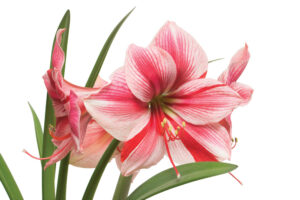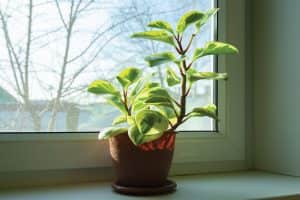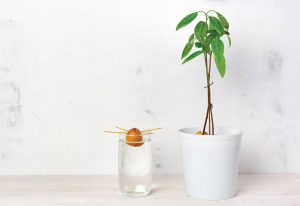According to Garden Trends Report by the Garden Media Group (GMG), victory gardens were spurred by the increase in home cooking in 2020. GMG says 31 percent of people would like to grow fruits in their backyard, and berries are at the top of their lists.
Strawberries, blueberries, raspberries and blackberries can be grown in containers or raised beds. Containers need to be large and deep. All berries need consistent watering, especially in containers and raised beds, or the harvest will be compromised. Despite being cold hardy, plan to move containers to the garage for winter because their roots will likely be exposed to freezing.
June-bearing strawberries are the most commonly grown, producing large plump berries for two to three weeks in late spring. Before planting bare root bundles in a raised bed, amend the soil with organic matter. Plant in March or April and do not cover the crown. The common way to plant these is in a matted-row configuration, meaning 24 inches between plants at time of planting.
Four weeks later, runners (daughter plants) will need to be pressed down, creating a box with four corners around the mother plant. All remaining runners flowers should be removed for the first year. This produces a larger crop in year two. Fertilize in early spring. The Earligro, Delmarvel and Allstar June-bearing cultivars have good disease resistance and bear medium to large berries.
Day-neutral strawberries bloom and produce smaller amounts of berries. They should be planted 3 inches apart, covering the top, and spill over the sides of the container. The pot does not have to be deep as strawberries are shallow rooted. It should be filled with two parts peat and one part perlite.
If you know someone with a strawberry patch, they will be renovating (removing daughter plants), they may have plenty to offer a fellow gardener. These daughter plants can be planted in containers and treated as an annual. For best results, fertilize all container strawberries every three to four weeks. Tristar and Tribute cultivars have good disease resistance with medium sized berries.
Blueberries require acidic soil to get the nutrients they need to produce fruit. Use a mix of one part sphagnum peat moss and one part shredded pine bark to provide acidic soil. Blueberry plants are shallow rooted and do not mine the soil well to seek water. A 10- to 15-gallon container is sufficient. Northland or Patriot are recommended in Illinois for their cold hardiness and grow 4 to 6 feet tall. Top Hat has less cold hardiness but is ideal for containers, growing 2 to 3 feet.
Raspberries boast a large crop in late June with a long fruiting season. They are deep rooted and require a 20- to 30-gallon wide container. At planting, prune to 18 to 24 inches. One month after planting, apply fertilizer. Most growers cut stems back to the ground in early spring so the crop will bear in the fall. Latham Red, Heritage Red and Anne yellow would be good cultivars to start in Illinois and grow 5 feet tall by 3 feet wide.
Most thornless blackberries grow semi-erect or trailing meaning they grow tall and wide. A raised bed is an ideal growing space. One month after planting, add fertilizer. Chester Thornless blackberries are a trailing blackberry, have fair winter hardiness and good quality fruit that bears late in July. They require dormant pruning.
Bushel and Berry is a patio-perfect series. They are shorter but have cold hardiness issues. The series includes Raspberry Shortcake that fruits in late June. Blueberry Buckle and Perpetua Blueberry are hardier than the rest of the cultivars in this series. Baby Cakes Blackberry produces its crop in September the first year and in July the second.
So, get out your garden catalogs and order your starts. Spring is on the horizon.









